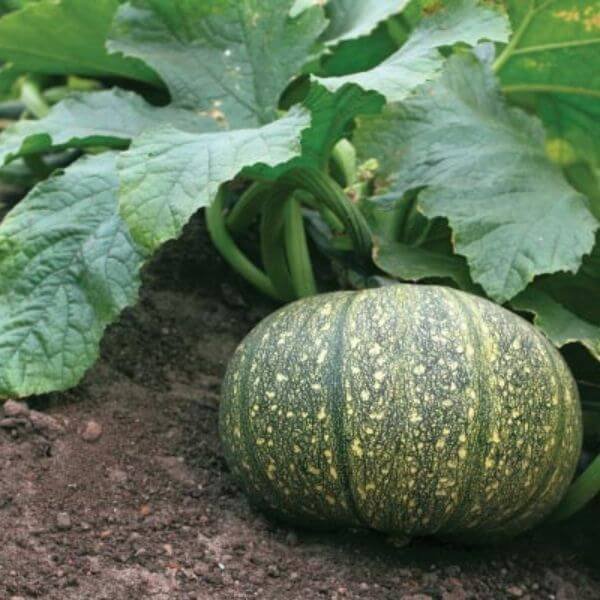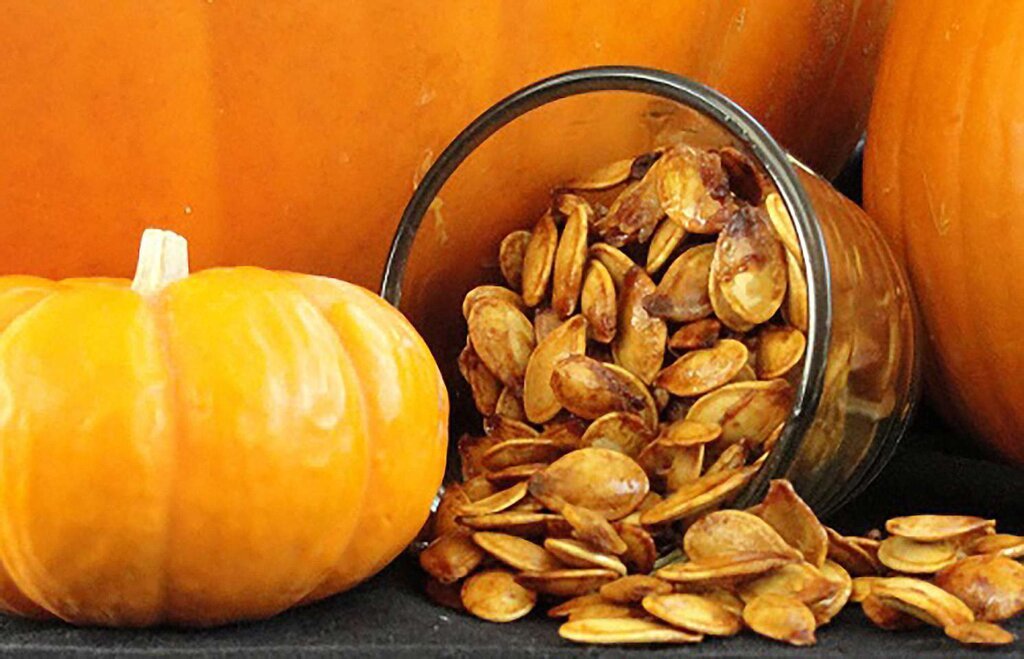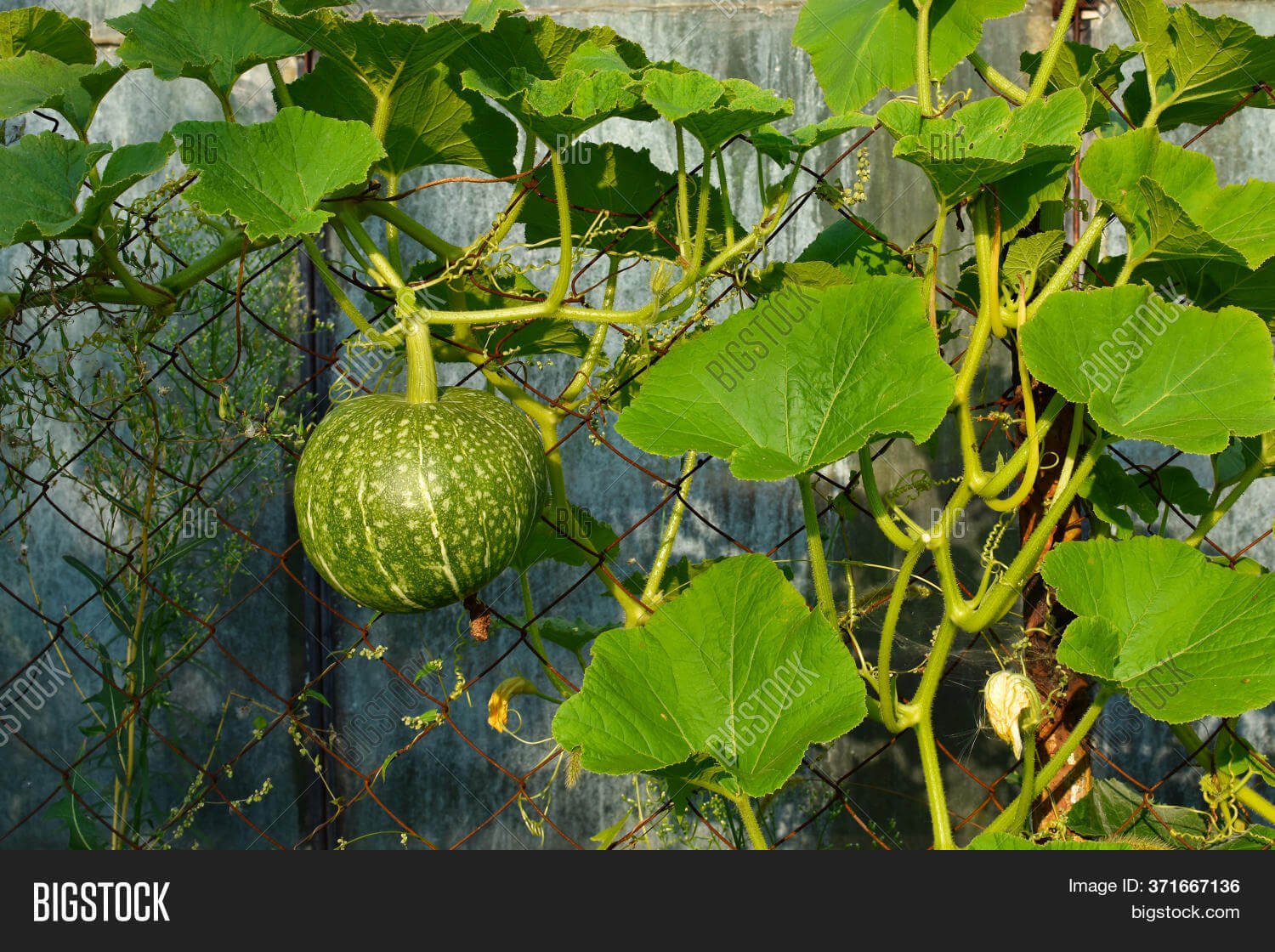How to Prepare Pumpkin
Pumpkin, a cucurbitaceae can be enjoyed boiled, marched or baked.
The pumpkin belongs to the Cucurbitaceae family, which also includes cucumbers, squash and melons. The word comes from the Greek word pepôn, meaning “cooked by the sun.” The pumpkin is probably native to America, specifically Central America, and was grown extensively by Indigenous peoples when the first colonists landed.
Indigenous tribes made good use of the pumpkin―they baked or boiled it, made soups from it, and they used the dried, ground meal in bread and puddings, much like cornmeal. Served at the Pilgrims’ second Thanksgiving in 1621, pumpkin pie is still one of the country’s favorite desserts, and it is an important Thanksgiving feast tradition across the country.
Though canned pumpkin is usually used for pumpkin desserts and soups year-round, fresh cooked pumpkin can be pureed and used in any recipe calling for pumpkin. Smaller pumpkins, like sugar pumpkins, are best for cooking, yielding sweeter and more tender flesh than the very large pumpkins.
:max_bytes(150000):strip_icc():format(webp)/pumpkin-preparation-and-recipes-3034526_final-a91edc02b30b44c38f1f58e984e52ec1.png)
How to Prepare and Freeze Fresh Pumpkin
Pumpkin purée is an excellent way to preserve fresh pumpkin, and it can be frozen in portions.
To Steam: Halve the pumpkin; remove seeds, pulp, and stringy portion. Cut into small pieces and peel. Place in a steamer or metal colander that will fit in a covered pot. Put over boiling water, cover and steam for about 50 minutes, or until tender. Mash, purée in a blender or food processor or put through a food mill. Use in any recipe calling for pumpkin purée.
To Boil: Halve the pumpkin; remove seeds, pulp, and stringy portion. Cut into small pieces and peel. Cover with lightly salted water and boil for about 25 minutes, or until tender. Mash, purée in a blender or food processor or put through a food mill. Use in any recipe calling for pumpkin purée.

To freeze, spoon cooled, mashed pumpkin into freezer containers, leaving 1/2-inch headspace. Freeze for several months, and thaw in the refrigerator overnight before using.
A 5-pound pumpkin will yield about 4 1/2 cups of mashed, cooked pumpkin. One can of pumpkin, 15 to 16 ounces, yields about 2 cups of mashed pumpkin.
Roasting Pumpkin Seeds
Pumpkin seeds, also known as pepitas, can be roasted and sprinkled on salads and soups, mixed into baked goods or eaten as a crunchy snack.

After scooping out the seeds, place in a colander and rinse thoroughly, removing any pulp. Place on a baking sheet to dry (do not use paper towels as the seeds will stick). The quickest way to dry out the seeds is to place seeds on an oiled baking sheet and put in a 300 F oven for 30 minutes. Then, toss the seeds with olive oil and salt (and any other seasonings you prefer) and return to the oven roasting for 20 minutes.
Credit: Diana Rattray, thespruceeats.com

